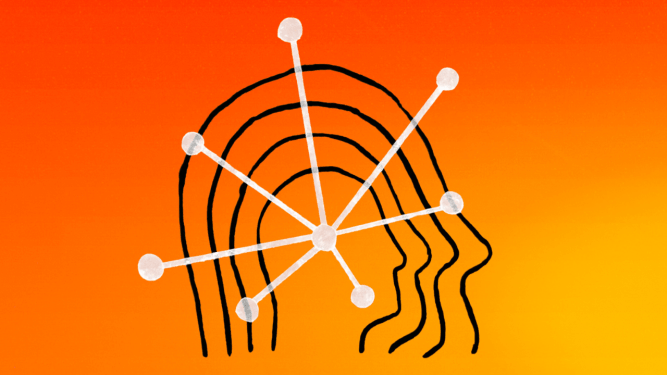Software documentation — the resources that explain how software works and how to use it — has evolved dramatically over the past few decades. Once mostly in the form of PDFs and static plaintext, docs today are more interactive and user-friendly than they used to be.
But crafting them is still a time sink. Han Wang and Hahnbee Lee, both devs and entrepreneurs, say that they’ve personally struggled with this.
“In the 2010s, companies like Stripe, HashiCorp, Twilio and a bunch others raised the bar on developer content,” Wang said. “They proved that a truly great developer experience for their content is not just a commodity, but a competitive advantage. Since then, every company has been trying to catch up, but it’s actually quite difficult.”
Inspired to try simplifying the workflows to publish docs (mainly to make their own lives easier), Wang and Lee created Mintlify, a collection of documentation-authoring tools, including tools that can auto-generate docs from codebases.
“In the 2020s, the bar for documentation is rising once again,” Wang said. “This time, it’s not just with the UI, but the way developers and editors are fundamentally interacting with the content because of AI.”
An AI-powered vision
Wang and Lee met in college. The two attended Cornell; Lee was a computer science undergrad, and Wang was studying for a bachelor’s in information science.
As a student, Wang founded two companies: FoodFul, a system for remotely monitoring livestock, and People, a platform to build customer communities. After People (which Lee helped found) was acquired by user engagement firm Bettermode, Wang stayed on for several months but eventually left to become a partner at Bain Capital Ventures.
Wang left Bain in 2021, which happened to be right around the time he and Lee had the idea for Mintlify. They raised seed capital from Bain (leveraging Wang’s connections) and others, including Sourcegraph co-founder Quinn Slack, to grow the platform into a business.
At a high level, Mintlify assists devs with writing guides, API references, SDK docs and chatbots (powered by OpenAI’s API) to explain the ins and outs of their software and services. It provides built-in components and templates for basic doc formatting, and structures docs so that they can be embedded in a codebase.

To help maintain docs, Mintlify also routinely scans for “stale” documentation and detects how users are engaging with the content to suggest ways to improve readability.
But there is some criticism of Mintlify’s automation features.
An early user, DevClass’ Tim Anderson, claims Mintlify adds comments to codebases that are of “little value,” and in one instance repeated the same factually wrong sentence in a doc four times over. Others have pointed out that Mintlify can be confused by disorganized and unoptimized, or otherwise poorly written, code.
Wang emphasizes the potential of the platform’s AI over its limitations, while implying that humans can’t be removed from the documentation-writing loop entirely.
“As we saw it, the role of content was changing with AI. Documentation will evolve automatically in real time from support messages, the codebase and product feedback,” Wang said. “AI assistance will help companies write technical content automatically based on product changes and user feedback.”
An expanding business
Mintlify isn’t the only startup trying to revamp how devs make and publish technical guides.
There’s Guidde, whose AI automatically generates software documentation videos. More in line with what Mintlify’s doing, Documatic automatically produces changelogs and explanations from code in addition to documentation.
I mentioned rivals to Wang, and he responded by highlighting Mintlify’s rather impressive customer list, which includes Anthropic, Cursor, Perplexity, Zapier, Polymarket, Fidelity and around 3,000 other brands. (Wang estimates that Mintlify’s tools reach more than 1.5 million developers a month.)
He also hinted at differentiating capabilities coming to the Mintlify platform in the near future.
“Every documentation now needs to have an AI chat to answer questions directly. But it will go much deeper into that,” Wang said. “Content creation will also change … The content will be used to power support, chatbots and generative AI models themselves. Content will also be personalized for every reader.”
To make that vision a reality, Mintlify recently closed an $18.5 million Series A funding round led by Andreessen Horowitz with participation from Bain and Y Combinator. (Andreessen Horowitz general partner Jennifer Li is joining Mintlify’s board as a part of the deal.) This brings Mintlify’s total raised to $21.7 million; Wang says that the new cash will be put toward expanding Mintlify’s 11-person team and product development.
“We have always focused on operating lean and efficiently,” Wang said. “We did not need to fundraise, but strategically decided to in order to fuel further growth.”
Wang declined to answer questions about Mintlify’s revenue and profitability.







